Have a few beach days planned this summer? Don't reach for that boogie board until you've learned the how to protect your phone from sand and surf while you're hitting the waves.
The beach is a wonderful way to relax, but it's also kryptonite for electronic gadgets.
If possible, it's better just to the leave the smartphone and tablet at home, and enjoy your beach day the old-fashioned way.
After all, smartphones have been known to cause everything from blurred vision to a strange hand condition called "smartphone pinkie."
However, in a lot of cases, it's simply not possible to leave the phone behind, especially if you're coordinating a group of people.
If you need to take your tech doodads to the beach, it's a good idea to learn the best methods to protect your phone from sand while you're there.
A few grains of sand or drops of water can make your expensive and indispensable smartphone just about useless, so scroll through below to learn how you can keep disaster at bay.
Thumbnail Credit: Wikimedia Commons / Max Pixel
How To Prevent Sand From Getting In Your Phone Prevention Trick #1: Wrap Your Phone In Plastic Wrap
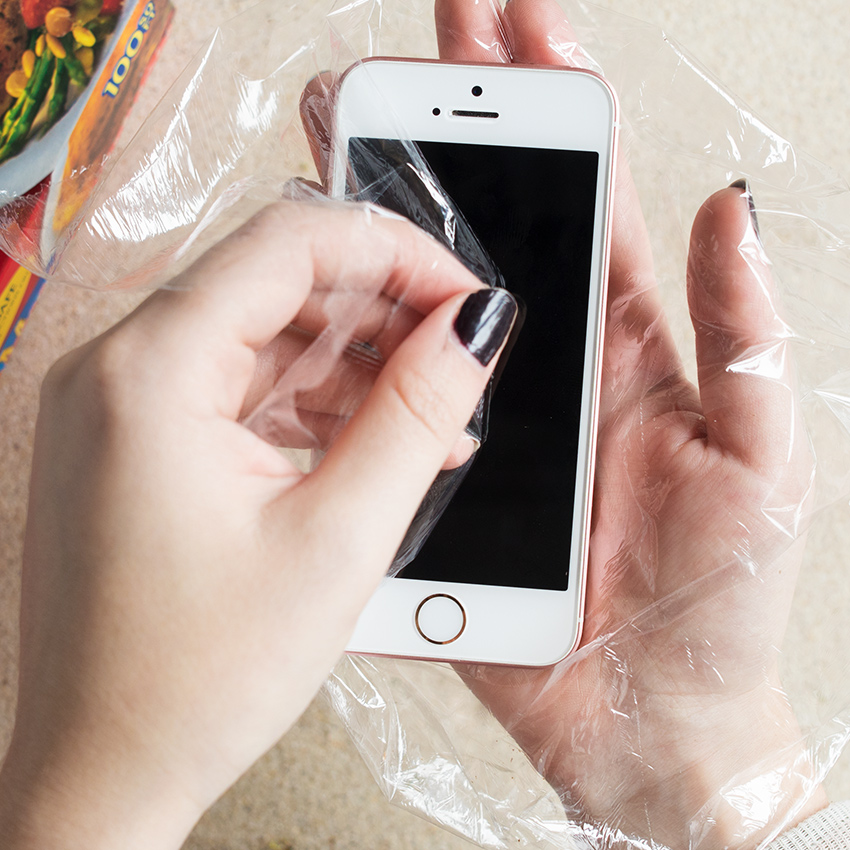
For a quick fix that will protect your phone at the beach, you can simply grab a roll of ordinary plastic film and get wrapping.
A couple of layers of see-through plastic wrap will cling tightly to the phone, and act as a barrier to stuff getting in.
Even better, you can still see your screen through the wrap in case you need to be on alert for urgent texts or updates.
Prevention Trick #2: Cover Openings With Tape
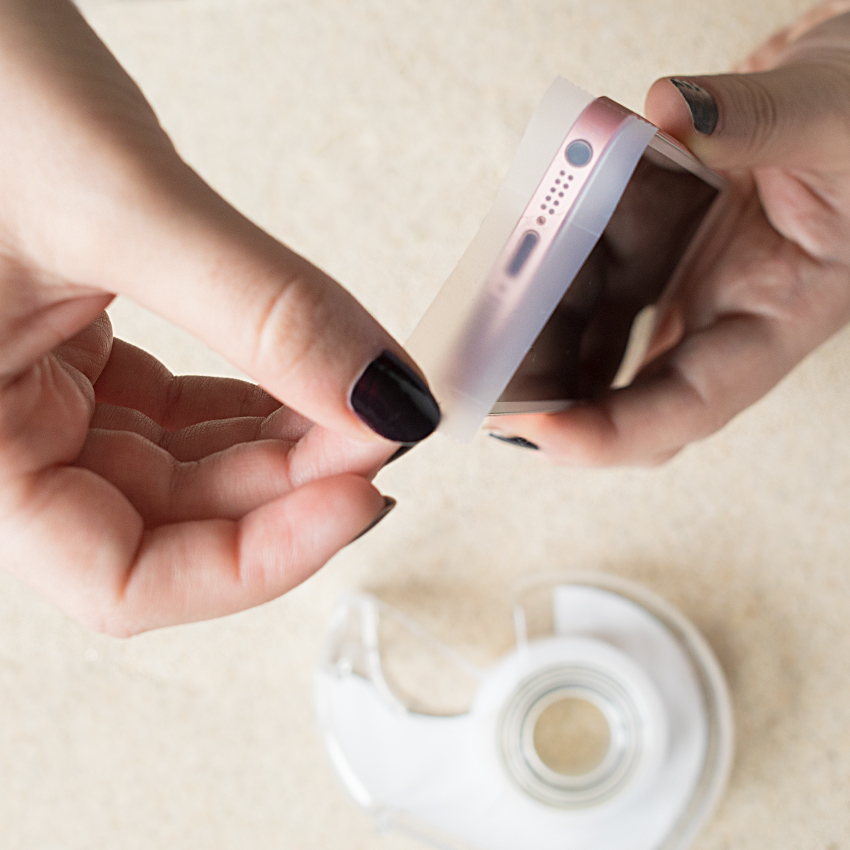
If you need access to the touch screen of your phone, go for a more minimalist approach to blocking sand.
You can use ordinary Scotch tape to cover up openings in the phone, like your headphone jack and charging port, where pesky sand might work its way in and mess with the electronics.
For extra safety, put tape over openings, and then seal it in plastic wrap.
Prevention Trick #3: Pop It In A Plastic Bag
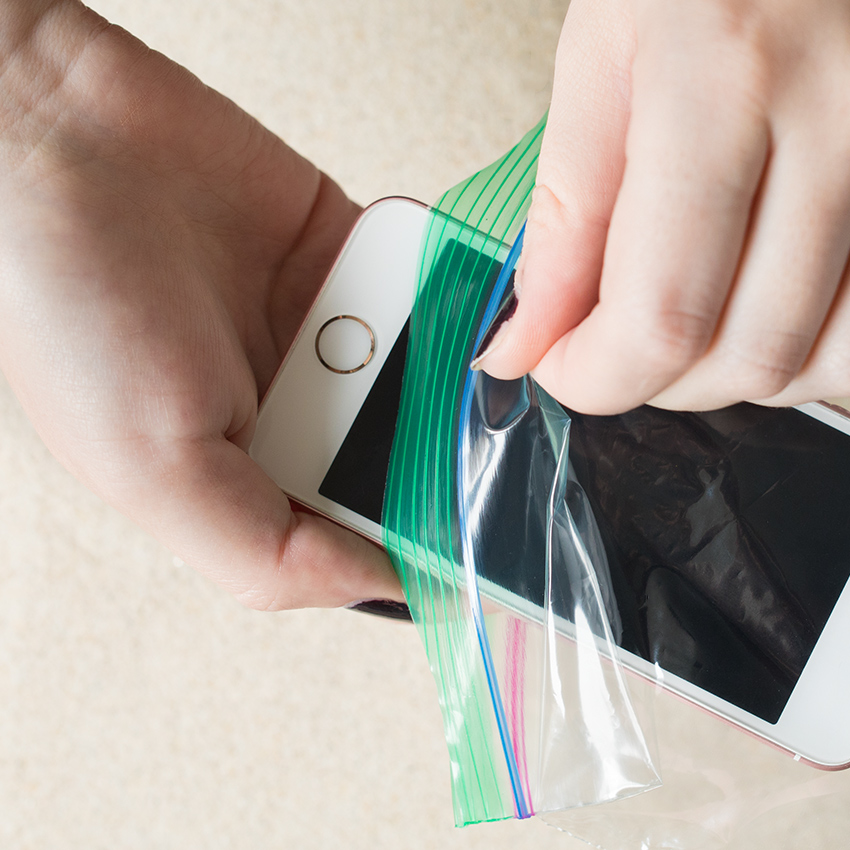
If you need to access your phone frequently at the beach, but you still want it protected, try a simple fix: pop it into a plastic bag.
A plastic bag is not a foolproof solution (trapped air can make the bag pop open and expose the phone to the elements) but it can definitely keep out the worst of the sand and salt.
Want the Fort Knox of beach phones? Try using tape, then plastic wrap, and then finally sealing it in a plastic bag.
How To Remove Sand From Your Phone Removal Trick #1: Turn Phone Off
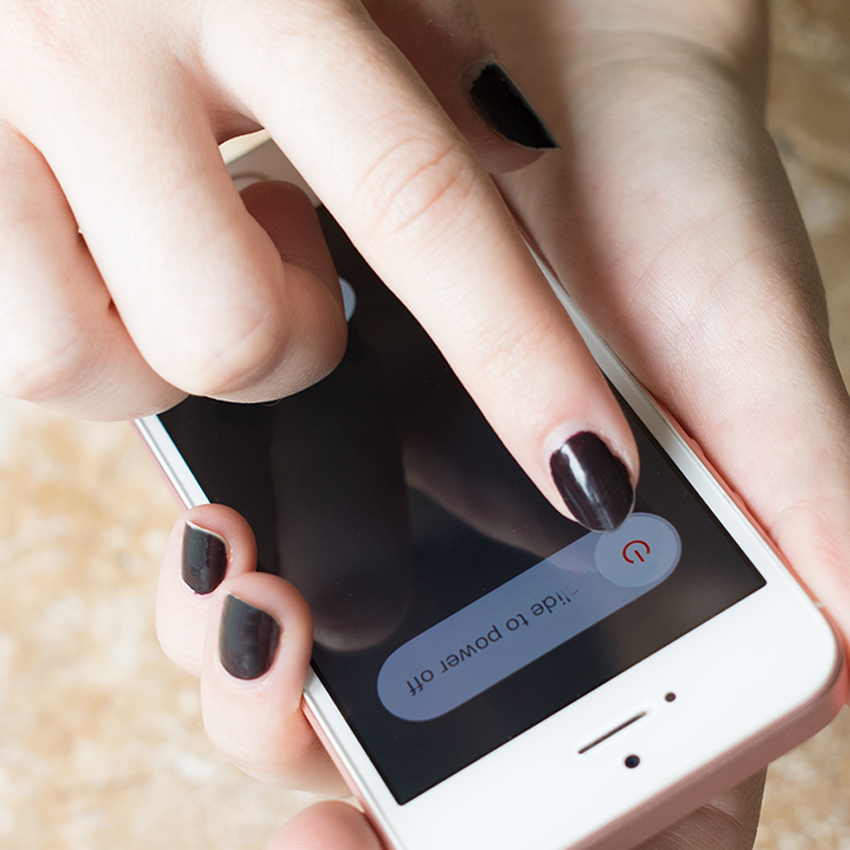
Of course, even the best-laid plans occasionally get sandy. If that happens, you can help restore your phone in a handful of different ways.
First of all, turn off your phone. If it's off, it might be less likely to start malfunctioning.
Besides, if you're going to start messing with the interior of your phone, it's much safer for the battery to be powered down.
Removal Trick #2: Blow Out Sand With Compressed Air
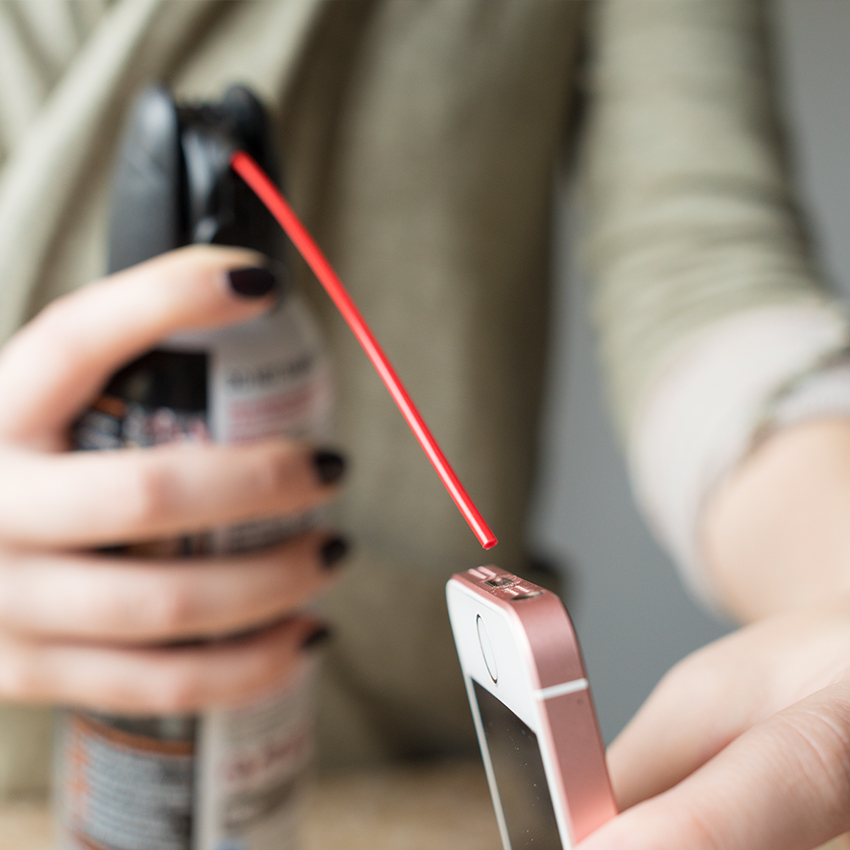
Compressed air is a common tool for trying to fix minor technological malfunctions.
You can buy a can of compressed air just about anywhere that repairs computers and phones.
Essentially, it just blows out a hard stream of air, which you can train on openings and ports to blow out sand particles that are inside.
Removal Trick #3: Give It A Vacuum
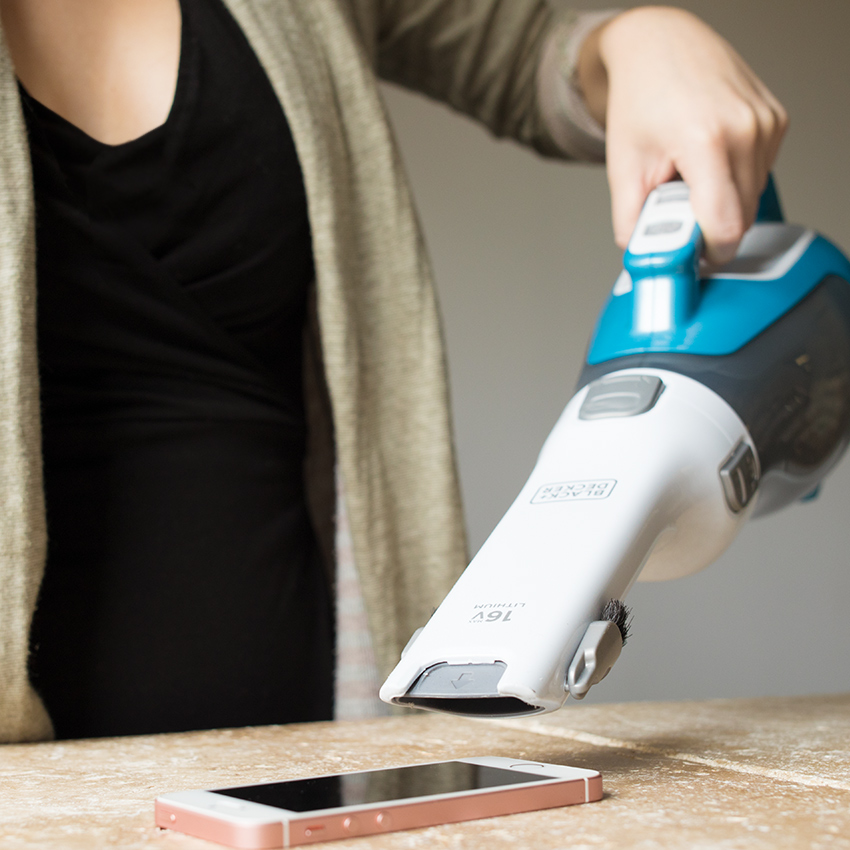
Alternatively, you can reverse the airflow, and try giving your phone a once-over with a vacuum cleaner.
Make sure the vacuum has a small detailing head, and gently go over the edges and openings in the phone to suction sand out.
If you're not sure if your vacuum is suitable for this process, play it safe and stick to compressed air.
Removal Trick #4: Use Tape To Pick Up Stray Grit
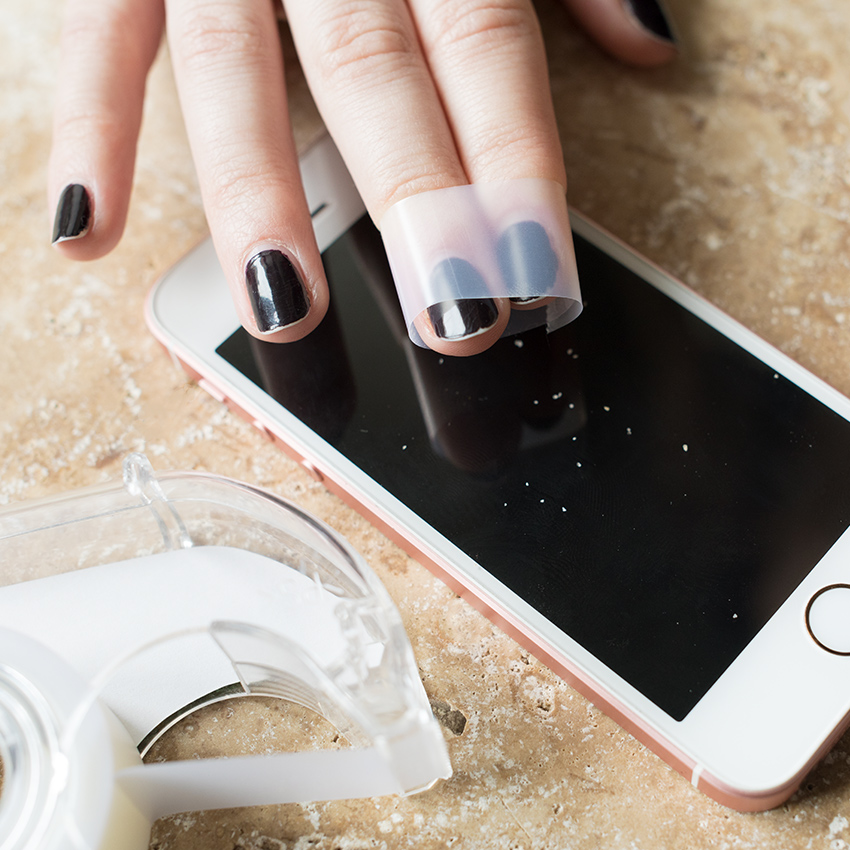
If you notice sand on the screen of your phone, try picking it up with some ordinary tape.
Wrap tape around two fingers, with the sticky side facing out, then gently touch it to the screen to pick up grains that might otherwise scratch the delicate gadget.
This technique will help you pull grains of sand out of precarious positions before they manage to get inside the device.
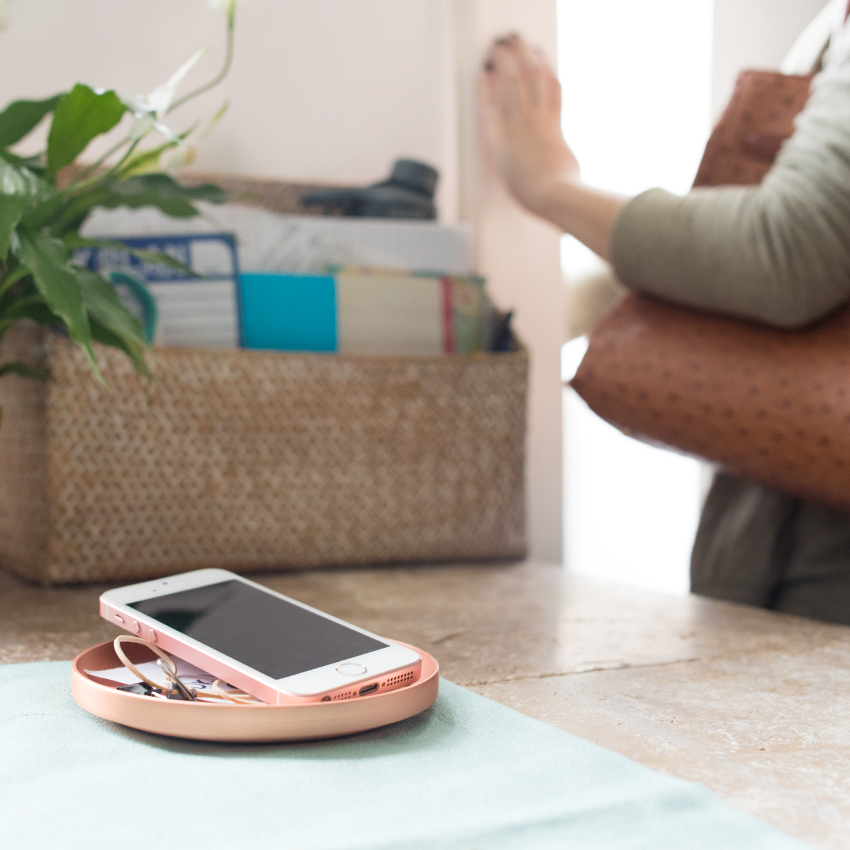
If you complete all these steps and still believe there's sand in your phone, take it to a professional, who can open the device up and see if there's any damage inside.
If you plan to hit the beach this summer, be sure to make a note of these guidelines, and don't forget to SHARE with friends and family!




